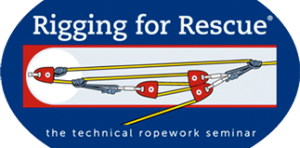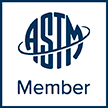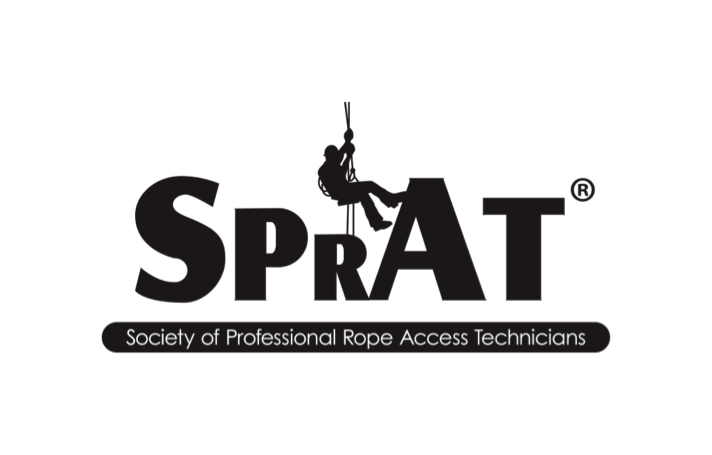ITRS, 2015 Abstract: “Mirrored Systems – Reflections from the Edge”
Author: Mike Gibbs, Rigging for Rescue
Background
What is the primary objective in a technical rope rescue operation? It is to transport the subject from a place of predicament to a position of security – ideally, in a controlled and safe manner. There are many available systems, devices, and risk management approaches to accomplishing this objective. Distilling the alternatives down to a chosen system incorporates many different factors. The unique combination of these factors is driven by the mission profile.
Mirrored Systems is one of the more recent technical rescue approaches to be introduced to the rope rescue community. The purpose of this study was to examine a Mirrored System under certain operational conditions in order to better assess the overall system performance and qualities.
Methods
A Mirrored System incorporating the use of MPD devices on each of the two operational ropes was examined in drop tests utilizing a fire department training tower. The key parameters included:
• human operators on the devices
• 200 kg test mass (steel plates)
• zero free fall (snug toprope)
• an artificial high directional in order to eliminate edge contact/friction
• a coordinated shared-tension lowering of the test mass for a few meters followed by the intentional failure of one of the two rope systems using a pre-rigged quick release mechanism (at the test mass connection point)
The operators of the two MPDs were not informed as to which rope system would be ‘failed’. After each test, stopping distances were measured and the operator of the integral system was interviewed for any notable observations. A total of 51 tests were conducted over the course of two days.
Results
Based on individual test results as well as operator interviews, it was evident that the MPD on the integral system did not self-actuate following failure of the other line. In other words, the device operator had to first recognize the situation (i.e. their rope accelerating) and then make a conscious decision to disengage the MPD release handle.
Conclusion
There are numerous benefits to two-rope rescue systems that share the overall tension between both ropes and their respective devices. However, a shared-tension lowering system can incorporate other risks such as the loss of device self-actuation – this would be of particular concern at the initial edge transition, when the system is first being ‘proof tested’. The Mirrored System using MPDs has this quality. A lack of system self-actuation can lead to increased stopping distances as well as the possibility of a complete ground fall. Furthermore, any system will incorporate this risk if it relies on operator action and reaction time to initiate fall arrest.




